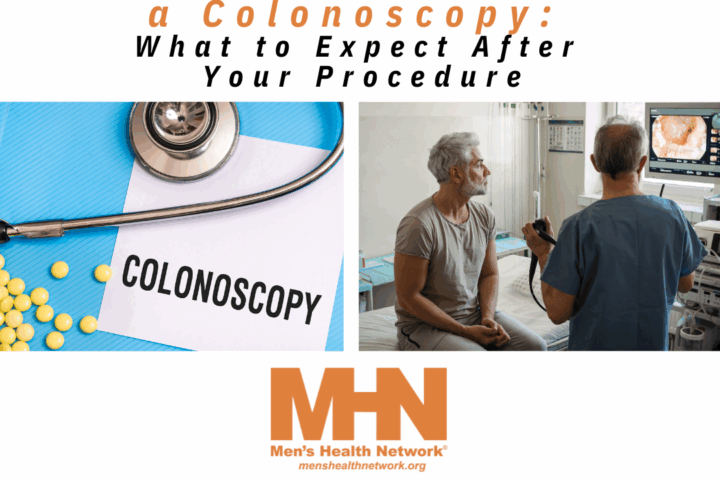No one deliberately sets out to become addicted to opiates, but it happens, sometimes as the result of medication prescribed following an injury or medical procedure. Opioids include morphine, OxyContin, codeine and heroin to name a few. Opiates are used to treat pain. Opium comes from the poppy plant.
Withdrawal
When withdrawing from this substance the side effects can be brutal. The individual detoxing from opioids may experience muscle and bone pain, high blood pressure, depression, sleeplessness and rapid pulse, dilated pupils, fast breathing, stomach cramps, vomiting, diarrhea and tremors. Sometimes the individual is given methadone or another medication, which is a mock opiate, to diminish the yearning for the opiate during the patient’s recovery.
These medications do not make the patient feel ecstatic as do heroin or other opiates, but they do work very much the same way in the patient’s body as the real McCoy. The synthetic drug lessens the discomfort of withdrawal. The patient stays on this drug throughout rehab and sometimes after he is released.
As the drug leaves the body, withdrawal starts. The person may be anxious, yawn incessantly and experience a runny nose and eyes. Sweating and chills, goose bumps and insomnia may all occur. The symptoms are the outcome of abrupt over-activity of the autonomic nervous system.
How Does Addiction Occur?
When a person is using opiates his body gradually develops a need for more of the drug because it has developed a tolerance for the drug. Cells become less responsive to stimulus over time because the number of receptors in the cells has been reduced, meaning there are fewer receptors on hand to intermingle with the opiates. More medication is needed more frequently to maintain an equivalent high. It is a vicious cycle. Withdrawal is a protracted process and difficult.
Sobriety
The first step is getting treatment, which many addicts avoid for a long time. Families and friends sometimes stage an intervention, confronting the addict. This may or may not work depending upon the individual.
Patients may be put on controlled pain management programs to help the addict deal with his pain issues, which were what initially led him to opiate addiction. Treatment involves various types of therapy, including discovering the root of their addiction and figuring out how to cope without using drugs. The goal is to prevent future setbacks.
Recovery
Recovery is tough and challenging. Patients can choose to join sober living programs, undergo intensive out-patient rehab, go to group meetings, meet with their rehab counselor or live at a half-way house. The addict has to learn how to transition back into society as an abstemious being.
Getting the opiate out of the person’s system is the first step but learning to live a sober life, and successfully and soberly coping with the demands and challenges of life is the hard part, but it can be attained.
Warren Thomas is a professional blogger that shares advice on recovering from drug addiction and drug rehab programs. He writes for Safe Rapid Detox, a drug addiction treatment that is safe and effective.



